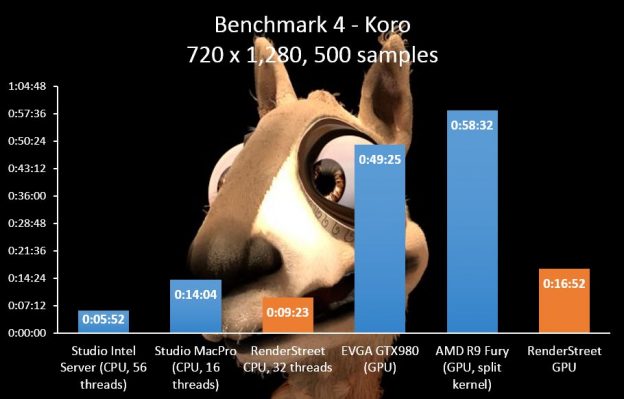Today we are proudly launching our new website and we’re very excited about the changes that are rolled out in this new version. It’s the most important release since our service has been launched and it’s something that all of you will benefit from. Read on for more details:
- New design. If you are following our blog, you should be a bit familiar with the new design concept. You have seen it first published on our blog theme, and now we have pushed the update to the entire public site. In addition to the design, we have also reorganized some of the pages, in order to present our service in a clearer fashion. We hope you’ll like our new looks, and more importantly, that you will be able to find the information easier.
























